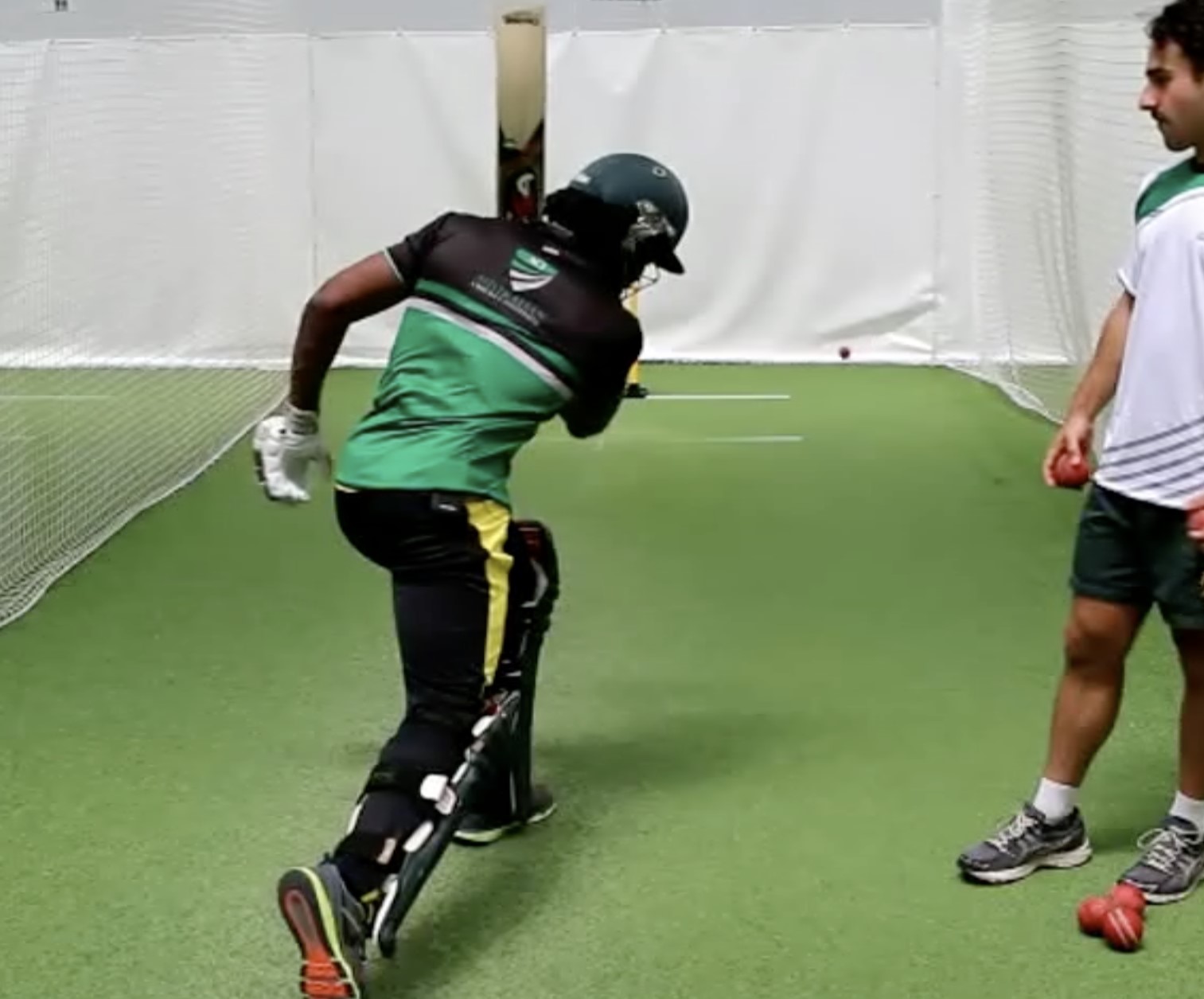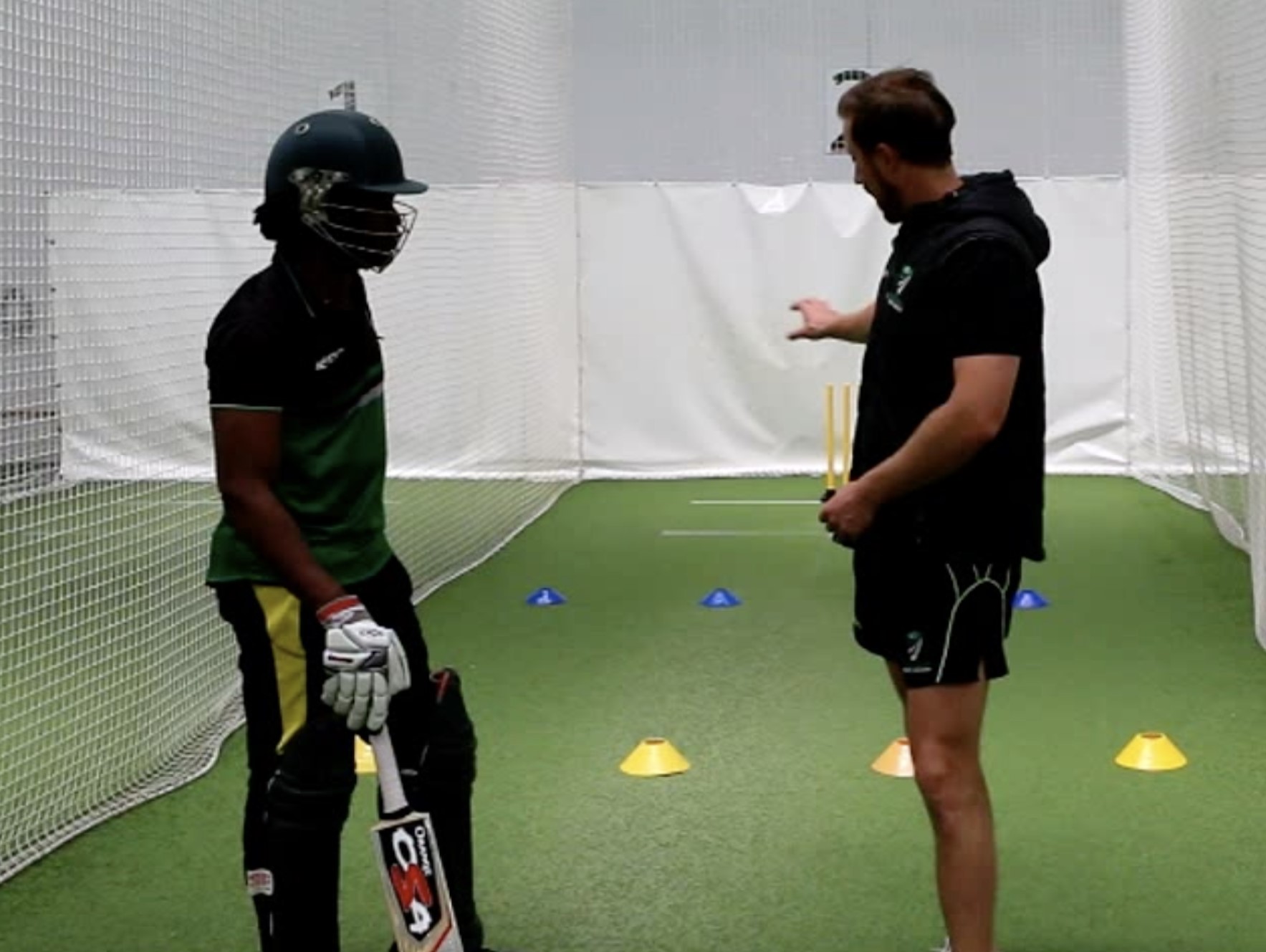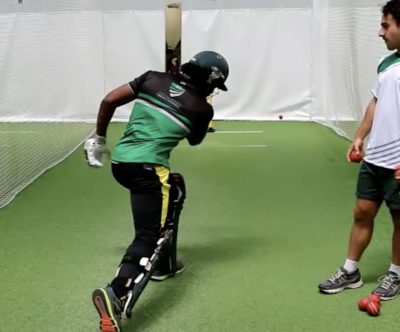First of all, let’s establish what a drill is and why they’re an important part of your practice…
*Note* If you’ve read our bowling drills blog you can skip the first two sections.
WHAT IS A DRILL?
A drill is is a means of teaching or training through repeated exercise or repetition of an act.
A drill allows you to highlight a particular skill, decision, movement or mindset and perfect it by doing it over and over again in a controlled environment that gives you measurable feedback.
Among the many practice drills there can be productive repetition or unproductive, even harmful repetition.
Your ability to select the best drills to match your practice goals often determines the success or failure of your practice sessions.
THE VALUE OF DRILLS
Muscle memory is a critical part of achieving any sort of athletic success.
Throwing a ball, bowling it, hitting it, catching it and running properly are all skills that require freedom of movement. To perform these skills successfully, you must be able to react without having to carefully tell each muscle group what to do.
Muscle memory is the result of teaching the muscles how to perform a specific movement or skill and repeating that activity, through the use of controlled drills, until it can be done freely without methodical thought and your reactions become automatic.
Now that you’ve got a basic understanding of what drills are, why they’re such a valuable part of your training and how important choosing the right drills is…
Let’s have a look at 3 great drills you can use to improve 3 completely different areas of your batting.
At the ACI, we like to categorise our batting drills into 7 different categories…
Batting Warm Up Drills
Remedial Drills
Decision Making Drills
Defensive Drills
Advanced (or T20 Batting) Drills
Balance Drills
Spin Drills
In this article I’m going to introduce you to a Remedial Drill, Decision Making Drill and an Advanced T20 Drill.
DRILL 1: Top and Bottom Hand Remedial Drill
Purpose
The aim of this drill is to isolate both your top and bottom hand to help you understand the part that each plays when playing a shot and the relationship between the two.
Assuming you’re trying to hit the ball along the ground. Your top hand should be dominant and control your shot while your bottom hand acts as a guide to help you direct where your shot goes and also to introduce power.
Equipment
Basic batting gear, net, balls and a partner/coach.
How To
No doubt you’ve done a basic drop drill before? This is the exact same except you’re only using one hand, either your top or bottom.
Start using your top hand only and and have your partner drop the ball a stride length in front of you. Step to the ball and play a drive using only your top hand. Focus on controlling your bat and keeping your elbow up.
Hit 20 balls with your top hand only.
Now move on to using just your bottom hand. You'll get a good feel of where your hand needs to be positioned to keep the ball along the ground.
Hit 20 balls with tour bottom hand.
Now hit 20 balls with both hands on the bat.

DRILL 2: Decision Making Drill - Pick The Length
Purpose
Your ability to make quick decisions is critical as a batsman.
There are so many decisions that need to be made in a split second…
What’s the line of the ball?
What’s the length of the ball?
Should I play the ball?
Should I leave the ball?
Is there any movement?
And on….
This drill helps sharpen your decision making skills by forcing you to make a decision…FAST!
Equipment
Basic batting gear, net, balls, cones and a partner/coach.
How To
Set out 2 lines across the pitch with marker cones.
The two lines should seperate the 3 different lengths. Full, good and short.
The line closest to you separates full and good.
The line furthest from you separates good and short.
Once you’ve set the cones up, have your partner throw from 3/4 pitch and mix up where the ball pitches. Your job is to call the length before it pitches. If you call correctly you get a point, if you call incorrectly you lose a point. If you don’t make a call you lose 2 points…you must make a call!
You can make the drill easier or more difficult by decreasing or increasing the speed of the throw. Also by changing the distance of the thrower.
This drill trains your brain to make quicker decisions.

DRILL 3: Advanced T20 Drill - 12 Ball Challenge
Purpose
This drill allows you to enjoy some freedom and practice the basics of aggressive batting, a stable base and keeping your head still.
It also allows you to practice hitting in different zones.
Equipment
Basic batting gear, net, balls, a partner/coach and this drill is best with a bowling machine, if not a side arm.
How To
Pretty simple! Set the machine up on a length you want to practice hitting and go for broke!
See how many boundaries you can hit in 12 balls, if you’re with a batting partner swap over and see if they can beat you.
Make sure you change the line and length around and practice hitting different balls.
This drill is a little more advanced and best done once you’ve got a sound foundation.
Author: Nick Fitzpatrick - Australian Cricket Institute Coach


